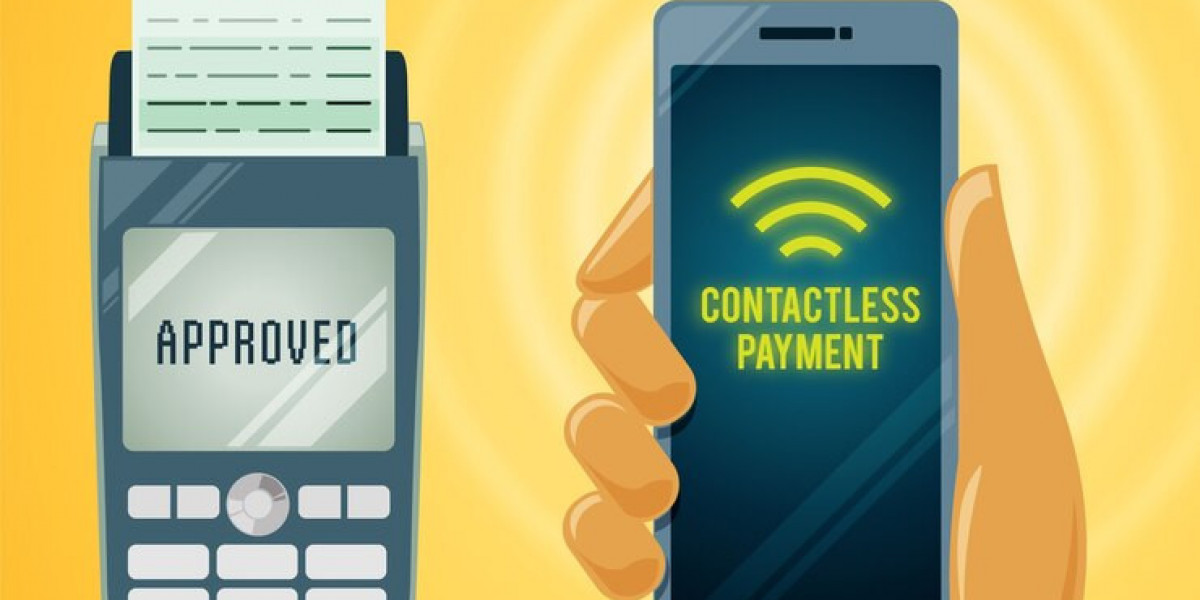The Buy Now Pay Later (BNPL) market has rapidly expanded over the past few years, revolutionizing consumer spending and reshaping the payments industry. With the ability to split purchases into interest-free installments, BNPL has become a preferred alternative to credit cards, especially among younger consumers. However, as the market matures, new trends are emerging that will define its long-term trajectory. From regulatory changes to technological advancements and industry diversification, BNPL providers are evolving to stay competitive in an increasingly complex financial landscape.
Expansion Beyond E-Commerce
Initially, BNPL gained traction in online shopping, allowing consumers to make purchases without immediate financial strain. However, the industry is now expanding beyond e-commerce into new sectors such as healthcare, travel, education, and even utility payments.
Healthcare-focused BNPL services are particularly gaining attention, enabling patients to cover medical expenses through installment plans. Similarly, travel and hospitality industries are integrating BNPL options, making vacations and flights more accessible to budget-conscious consumers. This expansion broadens the market and creates new revenue streams for BNPL providers.
Integration with Traditional Financial Services
One of the most significant emerging trends in BNPL is its increasing integration with traditional banking services. Established banks and credit card companies are launching their own installment payment solutions, challenging the dominance of fintech-led BNPL providers.
Financial institutions have an advantage due to their vast customer bases, strong regulatory frameworks, and advanced risk assessment models. Some banks are partnering with BNPL firms to offer hybrid solutions that combine traditional credit lines with flexible payment options. This collaboration is likely to shape the future of BNPL, making it a standard feature within mainstream financial services.
Tighter Regulations and Consumer Protection Measures
As BNPL adoption grows, so does regulatory scrutiny. Many governments are implementing stricter guidelines to protect consumers from overspending and financial distress. Regulators are pushing for BNPL companies to conduct thorough credit checks, disclose all fees, and report borrowing activity to credit bureaus.
These measures aim to ensure responsible lending and reduce the risk of debt accumulation. While increased regulation may slow down customer acquisition, it will ultimately enhance industry credibility and long-term sustainability. BNPL providers that proactively adapt to compliance requirements will have a competitive edge in the evolving market.
AI and Data-Driven Personalization
The use of artificial intelligence (AI) and big data analytics is transforming the BNPL industry. Companies are leveraging AI to assess creditworthiness, detect fraud, and offer personalized payment plans based on individual financial behavior.
Advanced machine learning models can analyze spending patterns, predict potential defaults, and recommend customized repayment structures. This enhances customer experience and reduces financial risks for BNPL providers. As AI technology continues to evolve, it will play a crucial role in shaping BNPL’s future by improving decision-making and operational efficiency.
Increased Focus on Financial Wellness
BNPL firms are recognizing the importance of promoting responsible spending habits among consumers. Many providers are introducing financial wellness tools, such as budgeting assistance, credit score monitoring, and educational resources, to help users make informed financial decisions.
By emphasizing financial literacy, BNPL companies can differentiate themselves from competitors and build long-term consumer trust. This trend also aligns with regulatory expectations, reinforcing the industry’s commitment to sustainable growth.
Security Enhancements and Fraud Prevention
As BNPL transactions increase, so do concerns about fraud and cybersecurity risks. Fraudsters often exploit BNPL’s rapid approval processes to make unauthorized purchases using stolen identities. In response, providers are investing in advanced fraud detection systems, biometric authentication, and real-time transaction monitoring.
Blockchain technology is also being explored as a potential solution for secure and transparent BNPL transactions. By enhancing security measures, BNPL companies can reduce financial losses and improve consumer confidence in their services.
BNPL’s Role in Emerging Markets
While BNPL has gained significant traction in developed economies, its expansion into emerging markets presents a major growth opportunity. In regions with limited access to traditional credit, BNPL offers a viable financing alternative for underserved consumers.
However, challenges such as lower digital adoption rates, economic instability, and regulatory uncertainties must be addressed for successful market penetration. Companies that tailor their BNPL models to local economic conditions and consumer behaviors can unlock substantial opportunities in these markets.
Sustainability and Ethical Lending Practices
As ESG (Environmental, Social, and Governance) considerations gain prominence in the financial sector, BNPL providers are focusing on sustainability and ethical lending. Many firms are implementing measures to ensure responsible borrowing, reduce carbon footprints, and support social impact initiatives.
Some BNPL companies are partnering with eco-friendly brands, offering incentives for consumers to make sustainable purchases. Ethical lending practices, such as clear fee structures and fair repayment policies, will be crucial in shaping the industry’s reputation and long-term viability.
Collaboration with Cryptocurrency and Digital Wallets
The intersection of BNPL and cryptocurrency is an emerging trend that could redefine digital payments. Some fintech companies are exploring BNPL options for crypto transactions, allowing users to buy digital assets through installment plans.
Additionally, BNPL is being integrated into digital wallets, enabling seamless transactions across multiple platforms. These innovations reflect the ongoing convergence of BNPL with broader financial technologies, paving the way for new payment ecosystems.
Conclusion
The Buy Now Pay Later market continues to evolve, driven by technological advancements, regulatory developments, and changing consumer preferences. As BNPL expands into new industries, integrates with traditional banking, and adopts AI-driven personalization, its long-term success will depend on sustainable business models and responsible lending practices.
While challenges such as tighter regulations, security risks, and economic uncertainties persist, BNPL providers that adapt to emerging trends will remain competitive in the digital finance landscape. By focusing on financial wellness, innovation, and strategic partnerships, BNPL has the potential to redefine the future of payments and reshape the global financial ecosystem.









